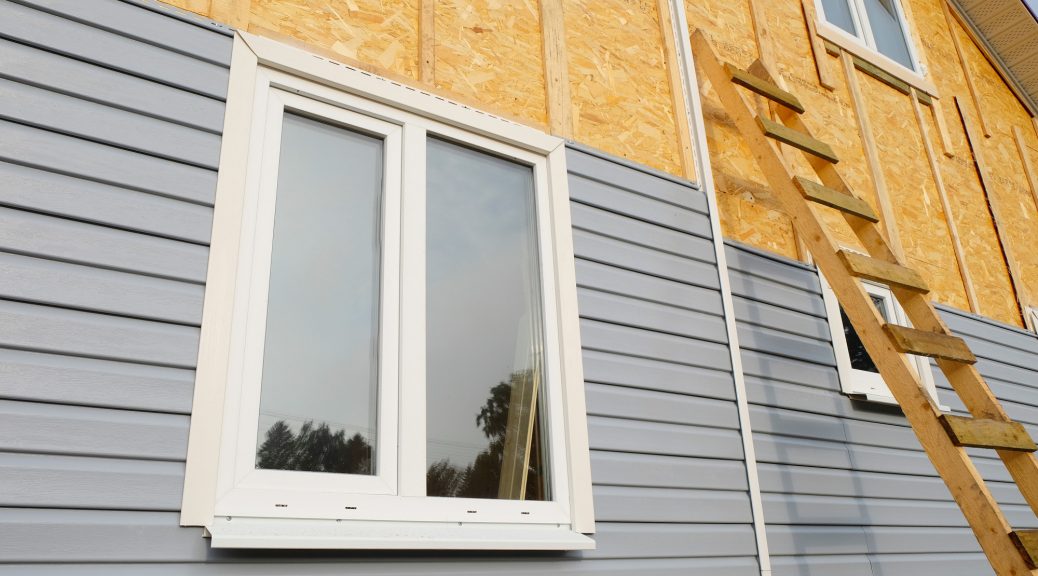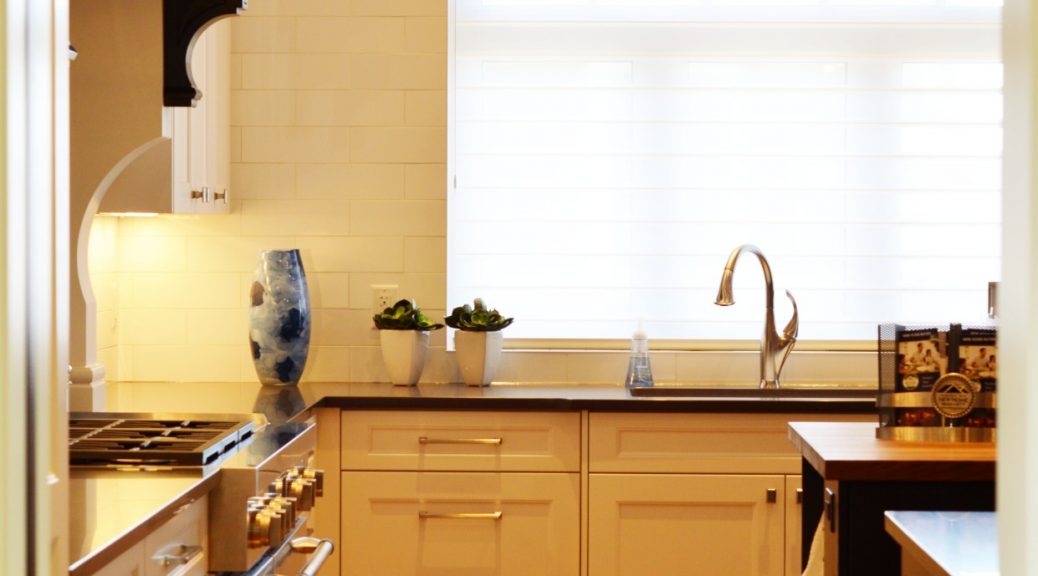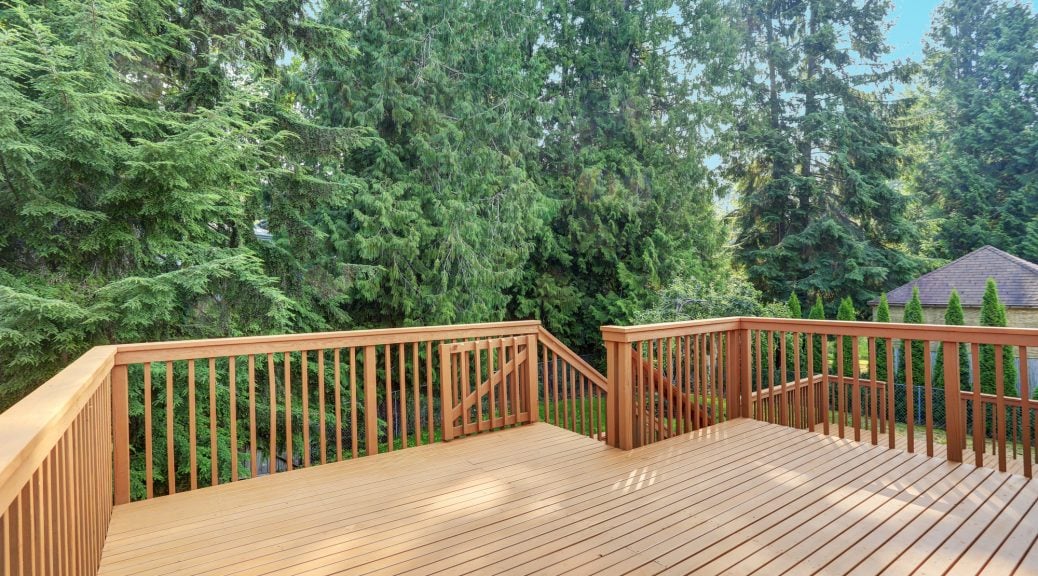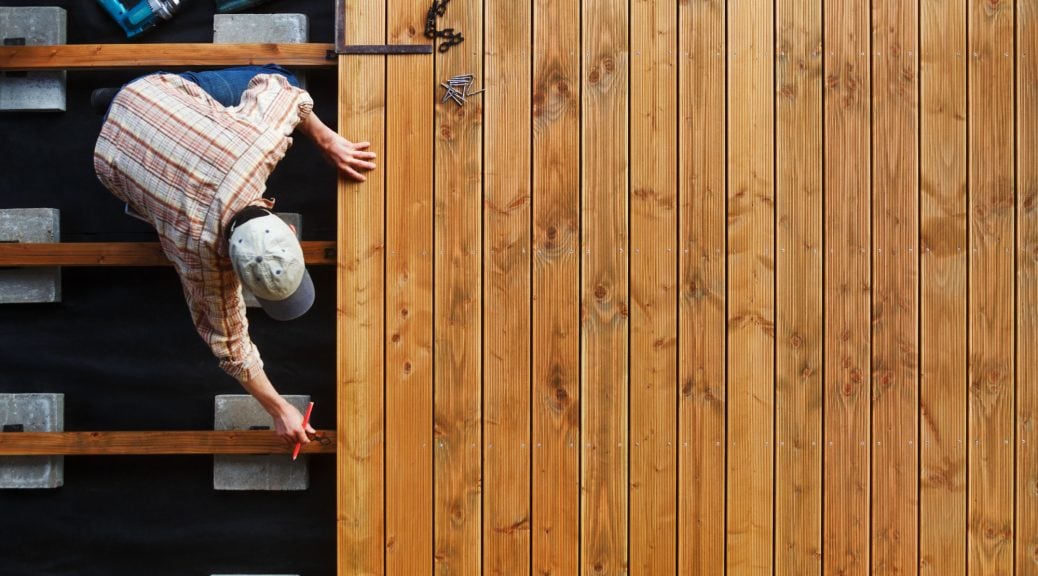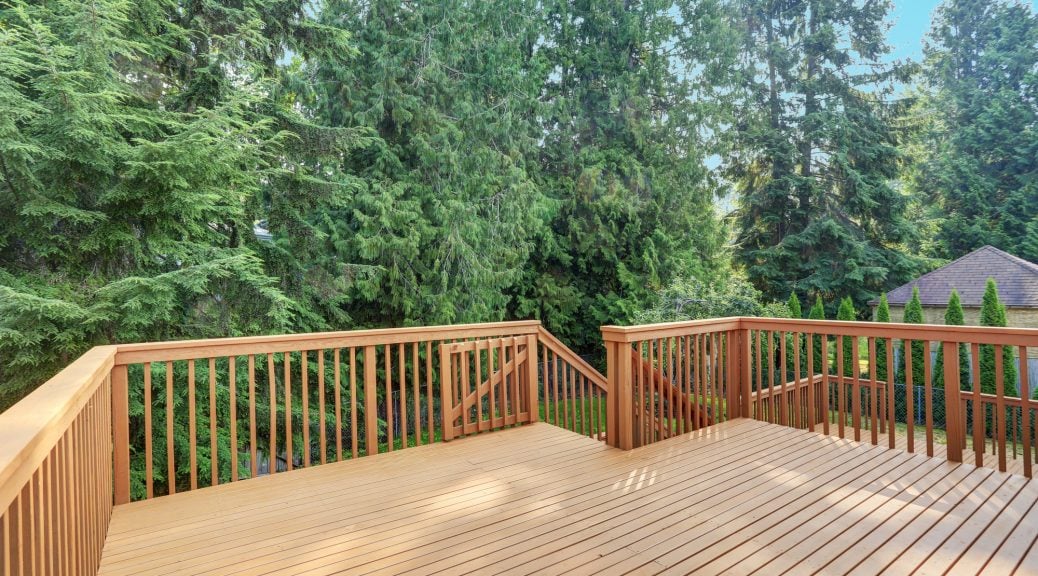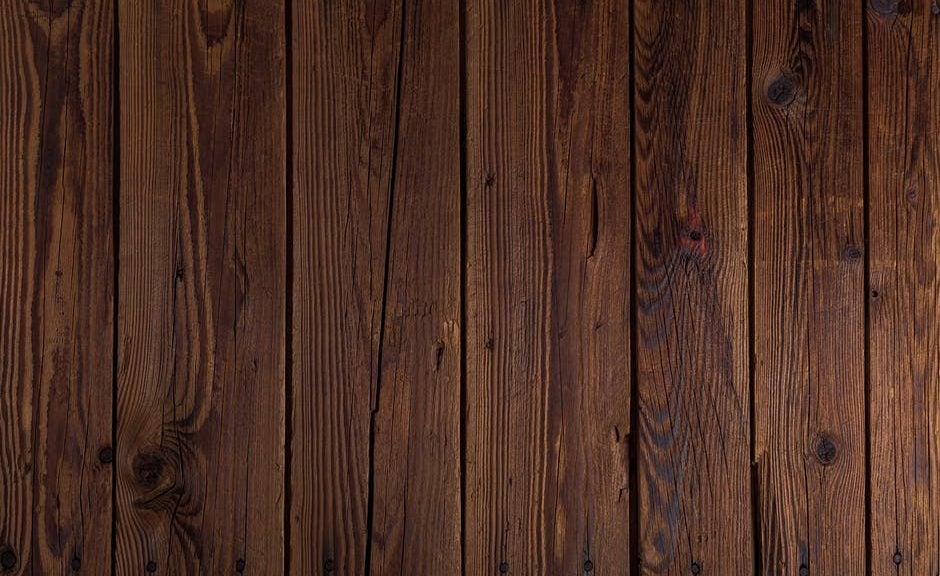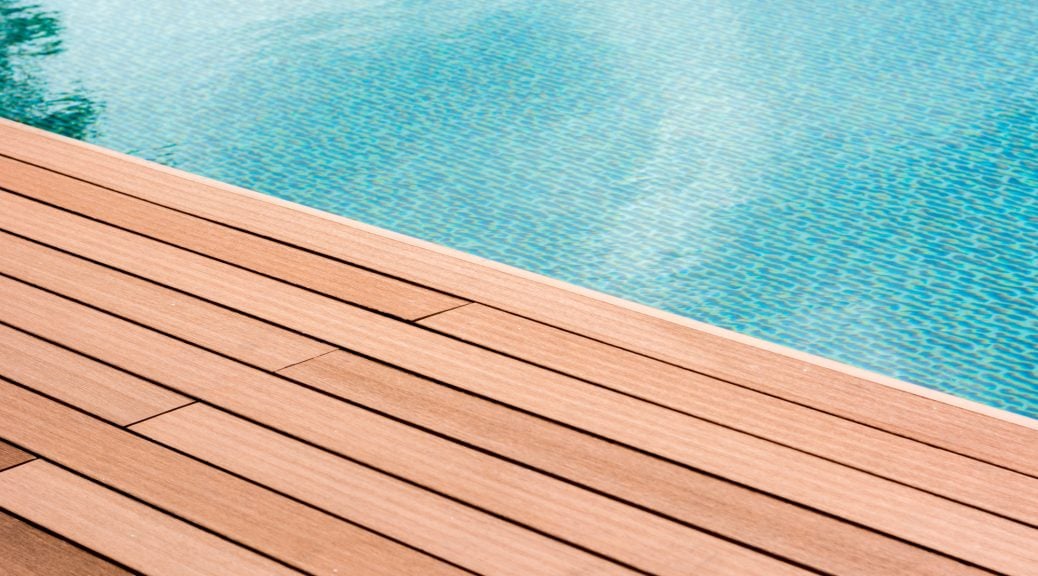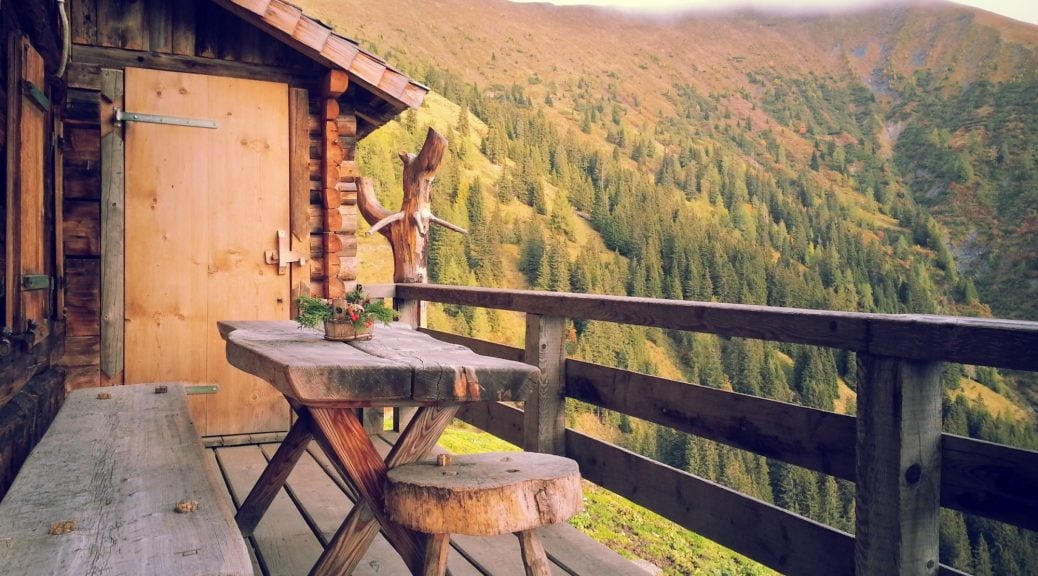The exterior of our homes is often a forgotten area for smart design. But improving the curb appeal of your home can increase its value by 3-5%.
New, modern siding can be exactly the upgrade your home needs. These modern styles are becoming more and more popular with a variety of applications. The wide variety allows you to find just the right look for your home.
Let’s take a deeper look into modern exterior trends and your options.
Modern Siding Materials
One of the main characteristics of modern exterior design is the use of specific materials.
Modern style usually has a mixture of materials that seem opposite to each other. Natural wood will be accented by man-made cement or metal. This contrast gives a unique, intentional look for a well-designed home.
There are several types of siding for houses looking for a modern design.
Ipe Wood
Almost all modern homes will feature some kind of wood in their design. This element is crucial for the overall contrast needed to achieve the right look.
A very popular choice for wood siding is Ipe wood or Brazilian walnut. This type of wood is known for its durability and strength, eight times stronger than redwood. It sets the industry standard for wood.
Many choose this type of wood siding because it holds up so well to the elements. Ipe wood has a natural ability to withstand rot and decay, so it’s perfect for outdoor use.
There is also very little maintenance (or none if that’s what you choose) to keep it looking fresh. Ipe wood provides the natural element used in modern design without the hassle and upkeep required by other materials.
Fiber Cement
Many who are going for a modern exterior will contrast the soft-looking wood elements with some harder, man-made elements. This can easily be achieved by using a fiber cement siding.
Fiber Siding can be molded to have a variety of different looks, which can be helpful in exterior design. It can also be painted or stained to match the rest of the design.
This material is quickly replacing vinyl siding throughout the industry. It has a similar look but is much more durable and requires less maintenance. Fiber cement combined with some Ipe wood would give a contemporary siding finish.
Concrete
One of the hallmarks of modern design is the touches of industrial materials. These help to create that contrast we’ve been talking about.
Many homes will use areas of concrete to bring in some hard touches to the design.
Though this material is generally reserved for accents or small areas because of the work to install it. Using concrete is more expensive and much more labor-intensive. A professional will definitely have to do this type of work.
But the finished product is quite striking.
Steel
Similar to concrete, metal is often used in modern design to bring in a harder element for contrast. Steel is most commonly used for this purpose.
Steel has become a popular choice because of its quite durable as well. It’s easier to work with and can be manipulated to fit the needs of the design. Unlike concrete, it is easier to use on larger areas.
These metal accents can make a very big impact on the overall exterior design.
Modern Siding Style
It could be argued that the materials used are the most important part of good modern exterior design, but the style of siding is also just as important.
There are a few modern siding options that easily create the look you’re going for.
One of the most popular options is to change the traditional thickness of siding slats. So some homes will have much thinner boards and others will have much thicker. This gives more of a customized look by changing the norm.
Some even cut their siding into large squares or rectangles to be hung on the home.
A modern design calls for the unique placement of the siding materials. They can be run vertically or on the diagonal. Some modern homes include intricate designs in their siding.
This customization is also why Ipe wood is so popular for exterior siding. It can be cut and manipulated to fit any design needs.
The style and the way the siding is placed is a crucial element to the overall design. It can make or break the look, so it’s important to decide carefully.
Modern Exterior Extras
Modern design hinges on the use of accessories and accents. These are the elements that bring the contrast out and make it appealing.
One very large accent that is popular among modern designs is a metal roof. These are especially becoming on a home with Ipe wood siding. Many roofs are also flattened to create an over-the-top modern look.
But if you aren’t looking to completely change the structure and material of your roofing, there are plenty of other modern accessories you can use.
Adding accent lighting is a great way to highlight key design elements. The easy addition of a few uprights on the side of your home, maybe near the front door or the main accent wall, can make a huge difference.
The hardware can bring in the contrasting harder elements as well. Industrial lights, door handles, and house numbers bring in that needed metal.
A modern exterior just doesn’t work without these little details.
Update the Look of Your Home
Updating the exterior of your home can seem like a very daunting task. Largely because it can be such a major investment.
But if you start with the basics of choosing the right modern siding, you’re sure to get the look you want.
These modern materials, like Ipe wood, provide not only a stunning look but also a strong foundation. They are durable and will look great for years to come!
If you’re interested in getting started on some Ipe wood siding, contact us today!

